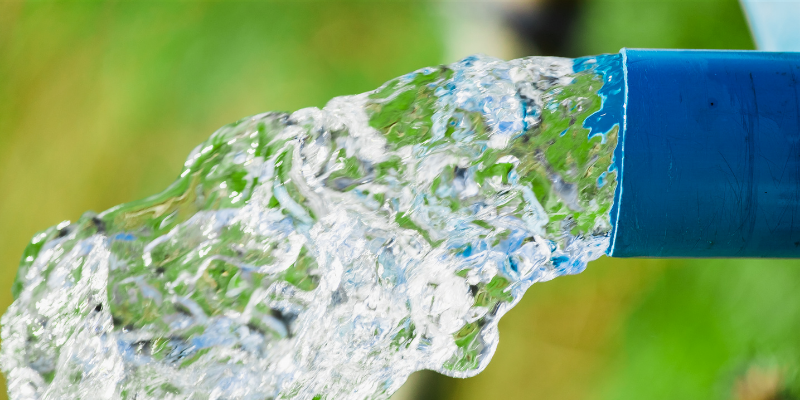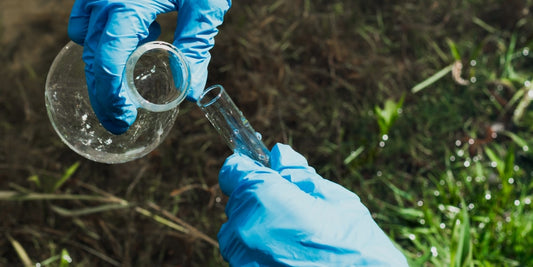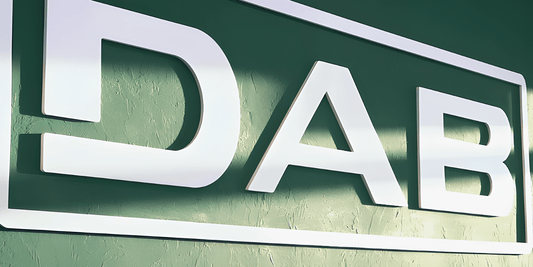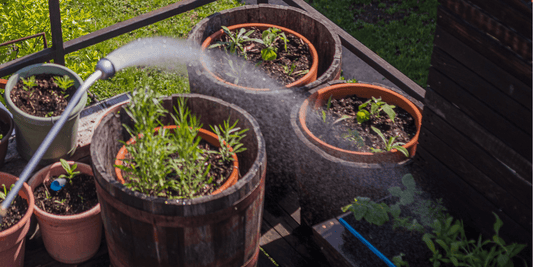
5 Step Borehole Installation Guide
Share
Installing a borehole pump is a significant step towards ensuring a reliable and sustainable water supply for your home, farm, or business. Whether you're tapping into groundwater for irrigation, drinking water, or industrial purposes, the process of installing a borehole pump requires careful planning and execution. In this blog post, we'll guide you through the essential steps to install a borehole pump efficiently and safely.
Understanding Borehole Pumps
Before diving into the installation process, it's crucial to understand what a borehole pump is and how it works. A borehole pump, often referred to as a submersible pump, is designed to extract water from deep underground sources. These pumps are typically installed inside the borehole, fully submerged in water, which allows them to push water to the surface.
The two main types of borehole pumps
Submersible Pumps: These are installed deep within the borehole and are ideal for deep wells. They operate quietly and efficiently, as they are placed directly in the water.
Surface Pumps: These are installed on the ground and are suitable for shallow boreholes. They pull water from the well rather than pushing it, which limits their depth range.
Step 1: Planning and Preparation
Proper planning is the foundation of a successful borehole pump installation. Here's what you need to consider:
- Assessing Water Requirements: Determine the amount of water you need daily. This will influence the size and capacity of the pump you choose.
- Choosing the Right Pump: Select a pump that matches the depth of your borehole and your water needs. Consider factors such as the flow rate, head height, and power source (electric, solar, or diesel).
- Gathering Tools and Materials: Make sure you have all the necessary tools and materials, including the borehole pump, piping, electrical cables, control box, and fittings. Additionally, ensure that safety equipment like gloves and goggles are on hand.
- Check Permits and Regulations: Depending on your location, installing a borehole might require permits. Check with local authorities to ensure compliance with regulations.
Step 2: Installing the Borehole Pump
With your preparation complete, it's time to install the pump. The installation process involves several key steps:
- Inspecting the Borehole: Before installation, inspect the borehole to ensure it is free of debris and obstructions. Measure the depth of the borehole to ensure the pump will be installed at the correct level.
- Assembling the Pump and Piping: Attach the piping to the pump securely. The length of the piping should be sufficient to reach the bottom of the borehole. If you're using multiple sections of piping, ensure they are securely connected with couplings.
- Attaching the Electrical Cables: Connect the electrical cables to the pump. These cables will power the pump and transmit signals to the control box. Ensure the connections are waterproof and well-insulated to prevent electrical faults.
- Lowering the Pump into the Borehole: Carefully lower the pump and attached piping into the borehole. This step requires precision to avoid damaging the pump or piping. Use a support system, such as a winch, to control the descent.
- Securing the Pump: Once the pump reaches the desired depth, secure it in place using a well cap or borehole clamp. This ensures the pump stays in position and does not move during operation.
Step 3: Connecting the Control Box and Power Supply
The control box is the brain of your borehole pump system. It regulates the pump's operation, protecting it from issues like dry running or overloading. Here's how to set it up:
- Mounting the Control Box: Install the control box in a dry, accessible location near the borehole. Ensure it is protected from the elements and easily reachable for maintenance.
- Connecting the Cables: Connect the electrical cables from the pump to the control box. Follow the manufacturer's instructions to ensure correct wiring.
- Power Supply: Connect the control box to the power supply. If you're using an electric pump, ensure that the power source is stable and can handle the pump's power requirements. For solar-powered pumps, connect the solar panels to the control box.
Step 4: Testing the Pump
Before finalising the installation, it's essential to test the pump to ensure everything is functioning correctly:
- Initial Test: Turn on the pump and observe its operation. Check for steady water flow and listen for any unusual noises that might indicate a problem.
- Pressure and Flow Rate Check: Measure the water pressure and flow rate to ensure they meet your requirements. Adjust settings on the control box if necessary.
- Monitor for Leaks: Inspect all connections for leaks. Tighten any fittings if needed and ensure that the system is watertight.
Step 5: Finalising the Installation
Once the pump is operating smoothly, complete the installation by securing all components:
- Seal the Borehole: To protect the borehole from contamination, seal the top with a well cap or borehole cover. This keeps out debris, insects, and surface water.
- Bury Piping (if necessary): If any piping is exposed, consider burying it to protect against physical damage and temperature fluctuations.
- Routine Maintenance Plan: Develop a maintenance plan to keep your borehole pump in good working order. Regularly inspect the pump, control box, and electrical connections.
Conclusion
Installing a borehole pump is a substantial but rewarding project that can provide a long-term water supply solution. By following the steps outlined above, you can ensure a smooth installation process and a reliable pump system that meets your needs. Whether you're installing the pump yourself or hiring a professional, understanding the process will help you make informed decisions and maintain your system for years to come.



